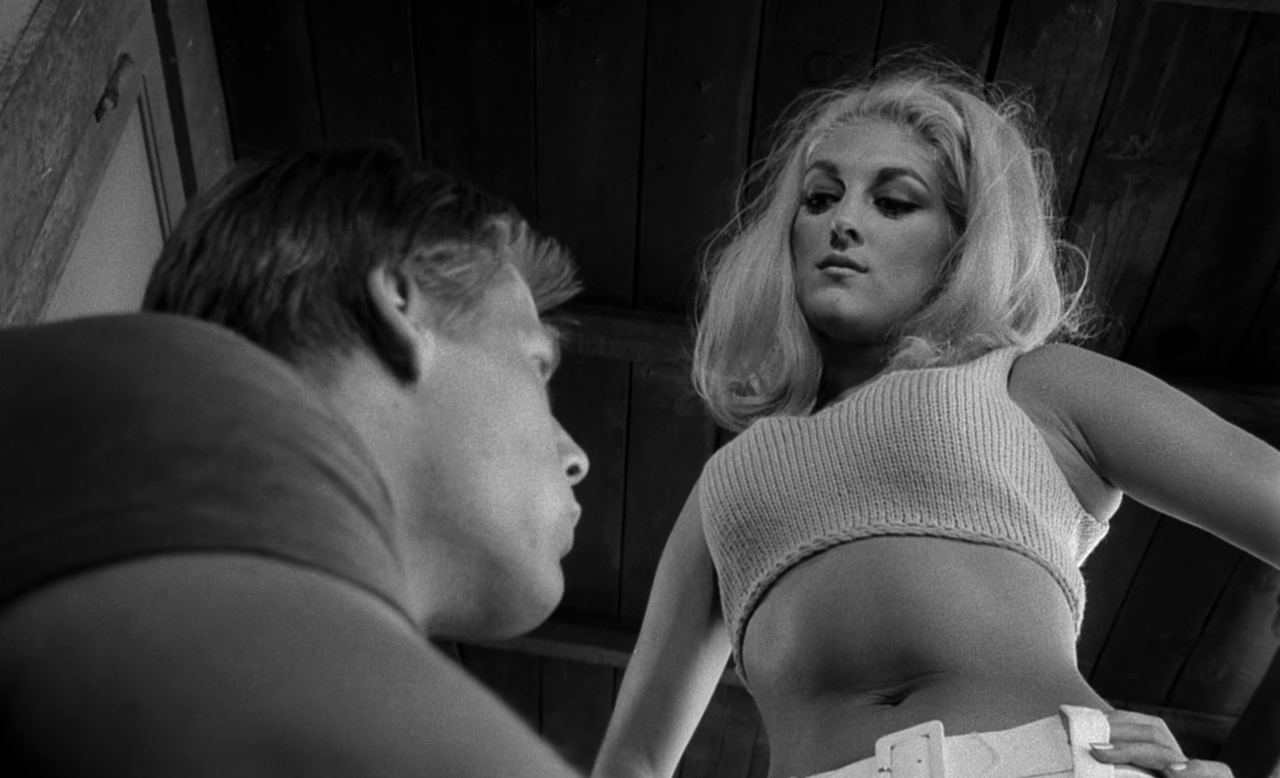v8 papers lineup
Empowerment in Exploitation: Defining a Feminist Film and Categorizing the Strange Case of Faster, Pussycat! Kill! Kill!
Lauren Shultz
This paper delineates modern constructs that are used to define and distinguish "feminist" films and explains why Faster, Pussycat! Kill! Kill! (1965) is both a sexploitation film, commonplace in the 1960s, and one of the best examples of a feminist film to date.
Culture Through Color Perception in West Side Story
Marissa Secades
By studying West Side Story’s iconic art direction and investigating audiences’ subsequent perceptions of characters, my article demonstrates how the film’s technical use of color in the costume designs denote a culturally-charged power structure between the Jets and the Sharks.
Heather, Heather and Heather: Postmodernism's grip on Individuality
Mikaela Thorne
This research paper takes an in-depth look into the 1988 cult-classic film, Heathers. Through analyzing key features of the film and its relation to postmodern theory, this research highlights the ineffectual plot and its paradoxical necessity to drive the film’s ultimate theme.
Cesar: Not Quite Man, Not Quite Ape
Alexis Dickerson
This essay analyzes how the character Cesar from the Planet of the Apes reboot series changes the perception of animals on the big screen. The essay also investigates how Andy Serkis’ performance changes the boundaries by what degree motion capture performances can be used in films.




